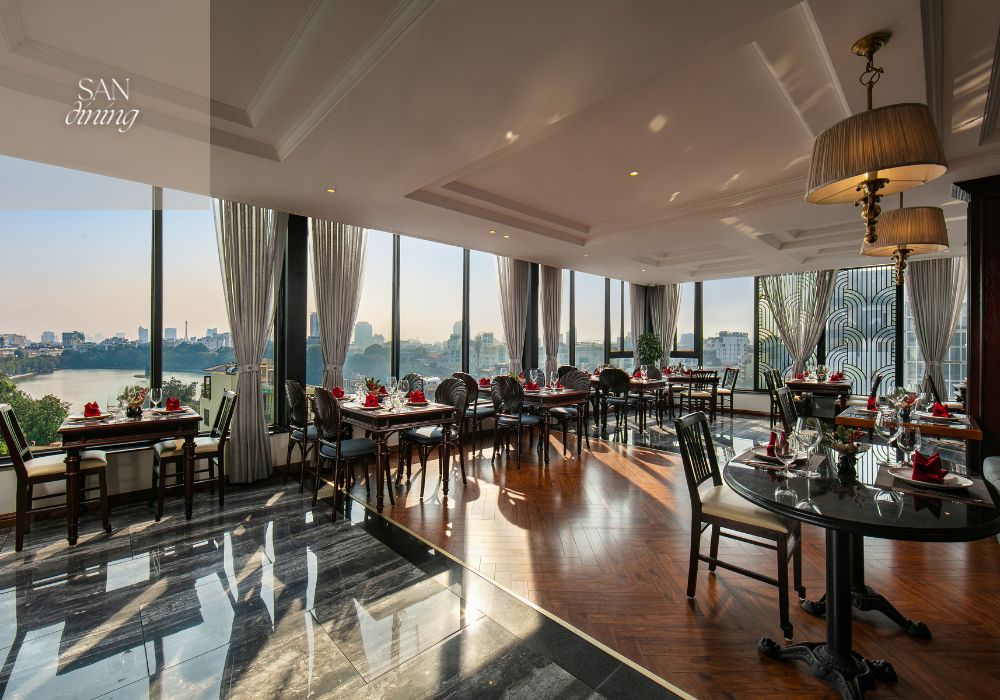Savor Authentic Asian Cuisine With a Pan-Asian Spin for a Culinary Journey
Getting started on a culinary trip through genuine Asian food, improved with a Pan-Asian twist, provides an unique possibility to discover the rich tapestry of tastes that define the region's diverse culinary traditions. As you consider these luring dishes, think about the cultural stories and historic impacts that shape them, each bite using a story waiting to be found. Chinese food Islamabad.

Exploring Pan-Asian Flavors
In the realm of international gastronomy, Pan-Asian cuisine sticks out for its exceptional diversity and the unified interaction of flavors from various Asian cultures. This cooking method commemorates the distinct active ingredients and abundant traditions found throughout the continent, developing a tapestry of preferences that is both appealing and enjoyable. Key to Pan-Asian cuisine is its capacity to balance different flavors-- wonderful, salty, spicy, and sour-- while highlighting the quality and top quality of each component.
From the umami-rich soy sauce of Japan to the fiery chili peppers of Thailand, Pan-Asian food offers a substantial palette of flavors. These elements are typically integrated in innovative ways, boosting recipes with layers of intricacy. As an example, the usage of aromatic natural herbs such as lemongrass and cilantro, typical in Vietnamese and Thai cuisine, adds a revitalizing brightness to meals, while the unification of coconut milk supplies a velvety, abundant appearance.
The emphasis on fresh produce and fragrant flavors guarantees that each dish is not just a banquet for the taste buds but likewise for the senses. Pan-Asian food welcomes restaurants to begin on a cooking journey, exploring the huge and varied landscapes of Eastern gastronomy with every bite.
Combination Dishes to Try
While Pan-Asian food is commemorated for its conventional tastes, the modern-day culinary landscape is significantly welcoming combination meals that mix these traditional elements with impacts from various other regions. This innovative strategy not just honors the rich heritage of Eastern cookeries but also presents novel preference experiences that interest modern tastes.
An archetype of such a combination meal is the Korean-Mexican taco, where marinaded bulgogi beef is wrapped in a warm tortilla, covered with kimchi and a spicy gochujang-infused salsa. This combination marries the strong, savory flavors of Korea with the vibrant, fresh components of Mexican food. Similarly, sushi burritos have actually gained popularity, amalgamating the fragile artistry of Japanese sushi with the hearty, hand-held convenience of a burrito, frequently featuring blend ingredients like tempura shrimp and avocado with a drizzle of wasabi mayo.
An additional significant recipe is Thai curry ramen, which infuses the luscious, fragrant spices of Thai curry right into the reassuring brew of typical Japanese ramen, creating a harmonious mix that entices the detects. These combination recipes extend past simple uniqueness; they stand for a culinary discussion between societies, encouraging exploration and advancement in the globe of Pan-Asian food.
Necessary Ingredients and Spices
To absolutely appreciate Pan-Asian food, one need to comprehend the crucial components and seasonings that develop its structure. This varied cooking design attracts from a rich tapestry of Asian practices, employing a harmonious blend of flavors and textures. Trick ingredients include soy sauce, fish sauce, and oyster sauce, which impart a mouthwatering umami depth crucial to Eastern recipes. Complementary to these are rice vinegar and mirin, offering a fragile acidity and sweetness.
Fragrant elements are critical, with garlic, lemongrass, and ginger being common throughout different Pan-Asian dishes. These ingredients provide a great smelling base that enhances the intricacy of flavors. Flavors such as star anise, cardamom, and cinnamon introduce warmth and character, echoing influences from regions like China and India.

Cooking Methods and Tips
Understanding the art of Pan-Asian food needs knowledge with its distinctive food preparation techniques, each contributing to the dynamic tapestry of flavors this culinary tradition is commemorated for. Central to these approaches is the stir-fry, a quick food preparation method that preserves the nutritional honesty and brilliant shades of components. Using a frying pan, the stir-fry technique have a peek at this site permits even warm circulation, important for attaining the particular texture and flavor equilibrium of Pan-Asian dishes.
An additional basic technique is steaming, specifically prevalent in Chinese food. This gentle method keeps the all-natural flavors and nutrients of components, making it ideal for seafood and veggies. Dumplings, a beloved staple, frequently take advantage of steaming, leading to soft, delicious appearances.
Cooking, likewise essential, passes on smoky midsts to dishes such as Korean bulgogi or Japanese yakitori (Fine dining experience Islamabad). This strategy often involves seasoning components, enabling flavors to pass through deeply before cooking over an open fire or warm plate
Last but not least, understanding the art of stabilizing tastes-- sweet, sour, salted, bitter, and umami-- is crucial. Effectively layering these components can raise a recipe from regular to phenomenal, providing a facility and satisfying culinary experience that symbolizes the essence of Pan-Asian cuisine.
Dining Experiences Worldwide
Around the world, Pan-Asian cuisine supplies an exceptional eating experience, celebrated for its rich tapestry of flavors and vibrant discussions. This culinary sensation has actually gone beyond social limits, capturing the hearts and palates of food fanatics worldwide. In cosmopolitan cities fresh York, London, and Sydney, Pan-Asian restaurants serve as melting pots where culinary customs from Thailand, Japan, China, and beyond converge, offering diners with an eclectic mix of dishes that highlight the area's diversity.
The worldwide charm of Pan-Asian food depends on its ability to supply both authenticity and technology. Chefs skillfully marry standard active ingredients such as lemongrass, soy sauce, and miso with contemporary strategies, causing dishes that are both familiar and refreshingly new. This combination permits restaurants to embark on a culinary journey that values heritage while embracing modernity.
Additionally, dining experiences are raised through attentively designed environments that reflect the principles of Pan-Asian aesthetics. From minimalist Japanese-inspired insides to vivid Thai-themed rooms, each dining establishment offers an one-of-a-kind setting that matches the culinary offerings. As an outcome, patrons are not merely consuming a dish but partaking in a cultural experience, making Pan-Asian eating a really international phenomenon.
Verdict
The exploration of Pan-Asian food provides an extensive understanding of the elaborate interplay of flavors and cooking customs throughout Asia. By Continue embracing blend recipes such as Thai curry ramen and sushi burritos, the culinary trip not just highlights the adaptability of typical active ingredients yet likewise showcases cutting-edge modern-day techniques. This gastronomic experience, enhanced by cooking techniques and vital seasonings, supplies an one-of-a-kind chance to value the cultural diversity and culinary artistry that define Pan-Asian food on a global scale.
Embarking on a cooking journey through genuine Asian cuisine, improved with a Pan-Asian spin, provides a distinct chance to explore the rich tapestry of tastes that define the area's varied culinary traditions.In the world of international gastronomy, Pan-Asian food stands out for its amazing variety and the unified interaction of tastes from numerous Oriental cultures. Trick to Pan-Asian cuisine is its ability to stabilize contrasting flavors-- sweet, salted, spicy, and sour-- while highlighting the quality and top quality of each component.
